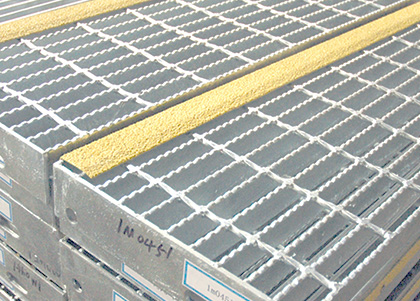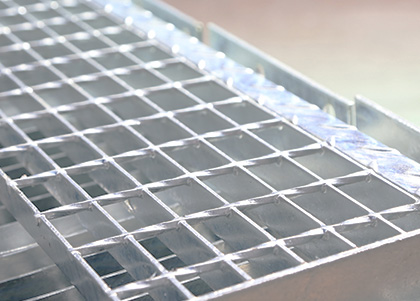Maintaining trench covers is essential for safety and longevity. Regular inspection and cleaning can prevent accidents and extend the lifespan of the covers. In this article, we will discuss the best practices for maintaining trench covers to ensure they remain in top condition.
First and foremost, it’s important to regularly inspect trench covers for any signs of damage or wear. This includes looking for cracks, rust, or any other form of deterioration. Any issues should be addressed immediately to prevent further damage and potential safety hazards.

In addition to visual inspections, trench covers should also be tested for stability. This can be done by applying pressure to different areas of the cover to ensure it can support the intended weight. Any signs of instability should be addressed promptly to prevent accidents and injuries.
Regular cleaning is also crucial for maintaining trench covers. Debris, dirt, and other materials can accumulate on the covers, leading to potential slip and fall hazards. Cleaning the covers with water and mild detergent can help prevent buildup and ensure a safe walking surface.
Furthermore, proper drainage around trench covers is important for preventing water buildup, which can lead to corrosion and deterioration. Ensuring that water flows away from the covers can help maintain their integrity and prevent damage over time.
Another important aspect of maintaining trench covers is to address any issues with the surrounding infrastructure. This includes repairing any uneven surfaces, addressing drainage issues, and ensuring that the covers fit securely in their frames. Proper installation and maintenance of the surrounding area can help prolong the lifespan of the covers.

In addition to regular maintenance, it’s important to keep detailed records of inspections, cleanings, and any repairs or replacements. This can help track the condition of the covers over time and identify any patterns of wear or damage. It can also serve as documentation for compliance with safety regulations and standards.
In summary, maintaining trench covers involves regular inspection, stability testing, cleaning, proper drainage, and addressing surrounding infrastructure issues. By following these best practices, trench covers can remain in top condition, ensuring safety and longevity for all users.

